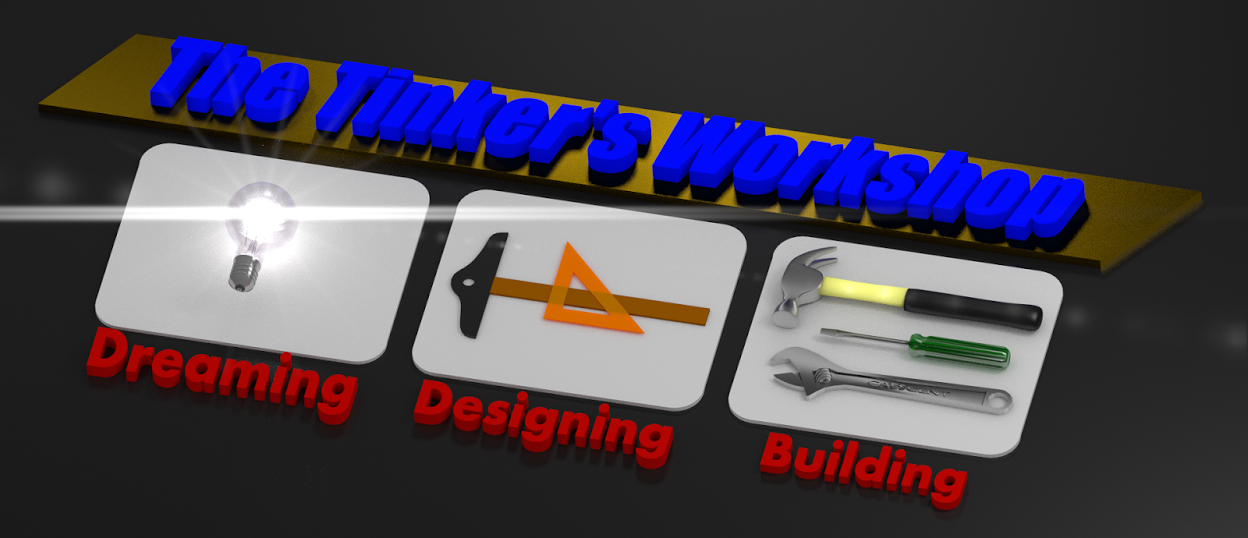Slow but steady progress has been the best terms I can come up with this week for the Captain America ball chair project. With this progress has come the completion of the housing for the amplifier that will be installed into the chair for the sound system, new foam glued to the six interior wedges and the start of installing the upholstery to cover the interior. First the amp housing.
The photos above show the amp housing after a lot of sanding and priming had been done. Three coats of Navy blue paint later gave me this nice looking housing that I am proud to say "I made this with my own hands from scratch".
I then installed the Captain America shield emblem that I had completed weeks ago. This really sets off the housing nicely and will be a nice feature that will look good once it is installed into the ball chair.
The next order of business was installing the foam on to the six fiber glass wedge shaped interior panels that will be put into the chair. This was a fairly simple process of using a spray on contact cement to attach the foam to the panels. In the upper photo you can see three panels. The first one on the left is a panel without foam. The second panel has the foam glued into place and the third panel foam has been trimmed to size. I cut the foam using an electric bread knife. I picked up a used one on eBay for $10 and it worked perfectly to cut the foam like a hot knife through butter. Well worth the ten bucks to get a nice clean cut on the foam.
Next came the hard part. At least at first. Again with this project I am learning something new. I glued the upholstery on to the inner curved foam and it looked just "ok". At this point I was not even sure I would get a half way nice looking covering so I talked to a professional upholsterer (is that spelled right?) and he looked at my simple first feeble attempt at covering just the inner curved face of the first wedge and said I was on the right track. I asked him if he could do the job and what it would cost. He told me it would be September before he could even look at it and then he would have to charge me by the hour to get each of the six pieces done. He didn't even know how much it would cost simply because he had never tried to cover something like this. So I took some advise from him, kept my cash and headed back to the workshop. The photos above shows the first wedge being covered with gray vinyl.
I learned from the upholsterer that I should take things slow plus a couple more tips and what I had already done was a good start. I wrapped the vinyl around the outer edge of the wedge and clamped and glued it into place about six inches at a time on to the outer flange. I left each section clamped up for at least a half hour and then moved on to the next section. Slowly...SLOWLY... progress and my confidence in getting this portion of the job done has improved.
This is what the panel looks like this morning. Yes I still have some wrinkles in the top surface at this point but compared with the way it looked yesterday morning this is a pro looking job. I still have to glue and wrap the lower portion without the wrinkles in it but I am confident that I will be able to get 90 - 95 percent of these out when the job is done. The plus side to this first panel is that this will be the one that I will actually sit on when I am in the chair. It will be covered by another cushion so it will be buried when the chair is completed. It is a good panel to start on to get the upholstery process down when I have the other five panels to work on. I hope to have this panel completed some time today and so far I am happy with my efforts.
The last portion of the chair project will be to get all the exterior parts primed and painted. Then final assembly will begin. Total hours at this point since I started work on the chair last November has now risen to 411 hours. Needless to say this has been a very big project. But each sub-assembly that I complete makes the smile on my face that much bigger. Have a good holiday weekend and good luck with your big project.










